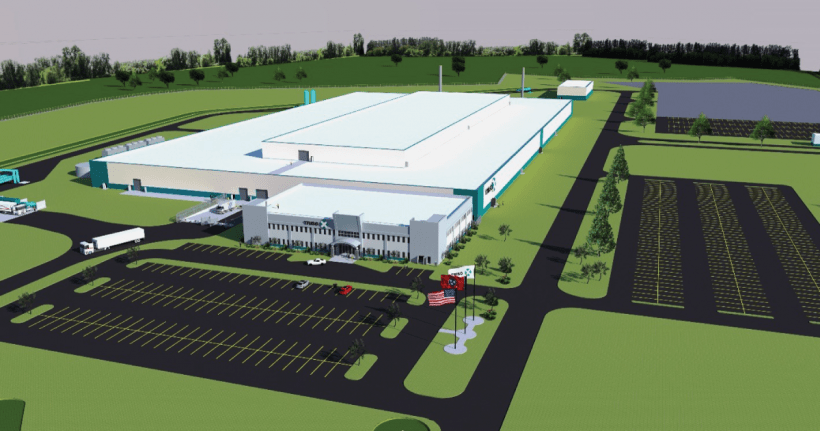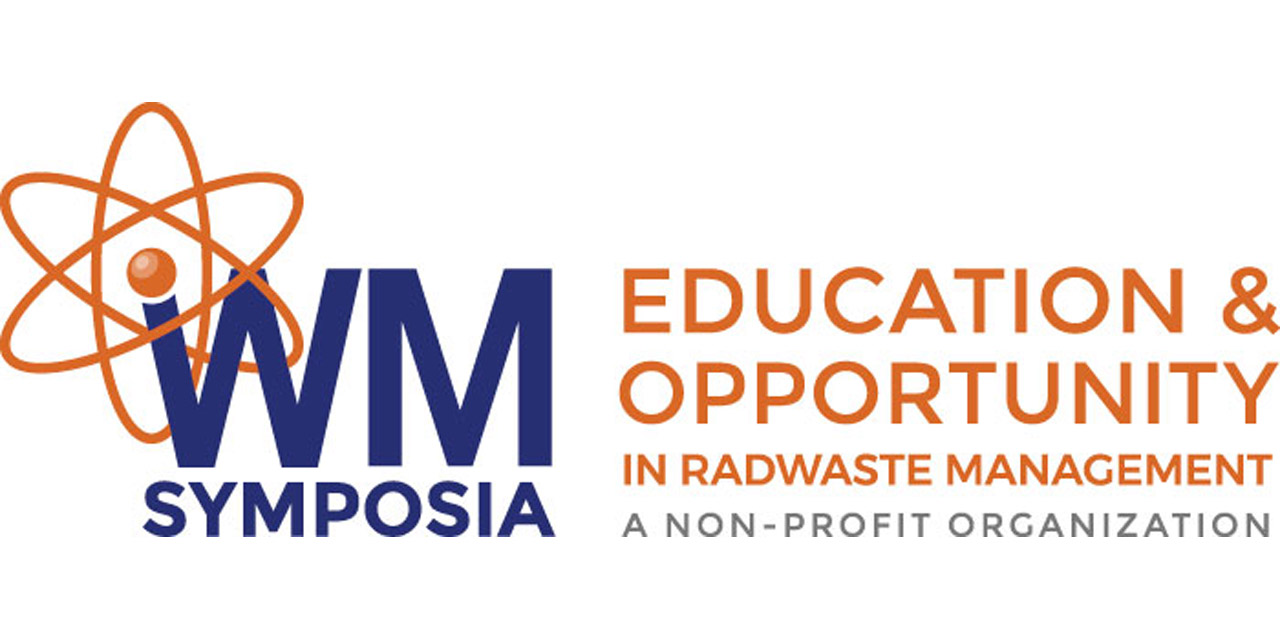The student social media ambassadors at the IAEA Nuclear Power Ministerial in October 2022 (left to right): Sam Dotson from the University of Illinois, Madison Gitzen from Pennsylvania State University, Peter Hotvedt from the University of Michigan, Jillian Newmyer from Oregon State University, Brienna Johnson from the University of Wisconsin–Madison, and Pearle Lipinski from Ohio State University.
Pearle Lipinski is a nuclear engineering Ph.D. student in Ohio State University’s Department of Mechanical and Aerospace Engineering (MAE). In October 2022, at the International Atomic Energy Agency’s fifth International Ministerial Conference on Nuclear Power in the 21st Century (also known as the Nuclear Power Ministerial, or NPM), she acted as a student social media ambassador, where she was a “huge success in getting the word out,” according to Lei Raymond Cao, director of the OSU nuclear engineering program.
A view of the completed demo cascade. (Photo: Centrus)
Centrus Energy announced February 9 that it has finished assembling a cascade of uranium enrichment centrifuges and most of the associated support systems ahead of its contracted demonstration of high-assay low-enriched uranium (HALEU) production by the end of 2023. When the 16-machine cascade begins operating inside the Piketon, Ohio, American Centrifuge Plant, which has room for 11,520 machines, it will be the first new U.S.-technology based enrichment plant to begin production in 70 years.
A rendering of the TRISO-X fuel fabrication facility. (Image: DOE)
The Nuclear Regulatory Commission recently presented its proposed 30-month licensing review timeline of TRISO-X’s planned fuel fabrication facility at the project’s first-ever public meeting in Oak Ridge, Tenn.
TRISO-X, a subsidiary of X-energy, has requested a 40-year license to possess and use special nuclear material to manufacture advanced fuel. The facility would be the first-ever commercial-scale fuel fabrication plant focused on using high-assay low-enriched uranium (HALEU).
Belgium's Doel nuclear power plant. (Photo: N. Hippert/IAEA)
The Belgian government is exploring the idea of extending the operational life of its three oldest reactors by two years, a variety of news outlets are reporting.
Those reactors—Units 1 and 2 at the Doel facility and Unit 1 at Tihange, sporting a combined capacity of 1,852 MWe—were slated to be permanently shuttered in 2025 in keeping with the country’s nuclear phase-out policy.
SHINE’s Chrysalis production building, under construction in October 2022. (Photo: SHINE)
The Nuclear Regulatory Commission has issued the final supplemental environmental impact statement (EIS) for SHINE Technology’s application for a license to operate a medical isotope production facility in Janesville, Wis.
A crane is used to remove equipment during a project to repurpose Building 226-F for an NNSA mission at the Savannah River Site. (Photo: DOE)
Work has begun to prepare the Savannah River Plutonium Processing Facility (SRPPF) at the Department of Energy’s Savannah River Site in South Carolina for its future national security mission: the manufacturing of plutonium pits for the National Nuclear Security Administration.
Tokamak Energy's high-temperature superconducting (HTS) tape is used in its HTS magnets. (Photo: Tokamak Energy)
Tokamak Energy announced on February 6 that it has built a world-first set of high-temperature superconducting (HTS) magnets, to be assembled and tested in fusion power plant–relevant scenarios.


-3 2x1.jpg)











